Something I Wish I Knew When I Started Felting
Apr 15, 2021When I first started wet felting, there where no YouTube videos and barely any books on the subject. I bought everything I could get my hands on and started experimenting. But most things on the market were very simple. So, for the most part, I learnt through trial and error.
One of the topics that nobody was going into in detail was the correct laying of the wool fibers. And, as I see it, that’s probably the most important thing you can learn about in wet felting. Sure, you do get felt no matter how well you lay your wool. But how good is your felt then?
This becomes more important if your piece needs a fair amount of shaping or if you’re making clothes, which need to adapt to your body.
So, what is the correct way to lay wool fibers?
First of all, wool for wet felting should be laid according to the shape of the piece. Let me use the example of a circular piece, like a beret. Would you lay your wool like this?
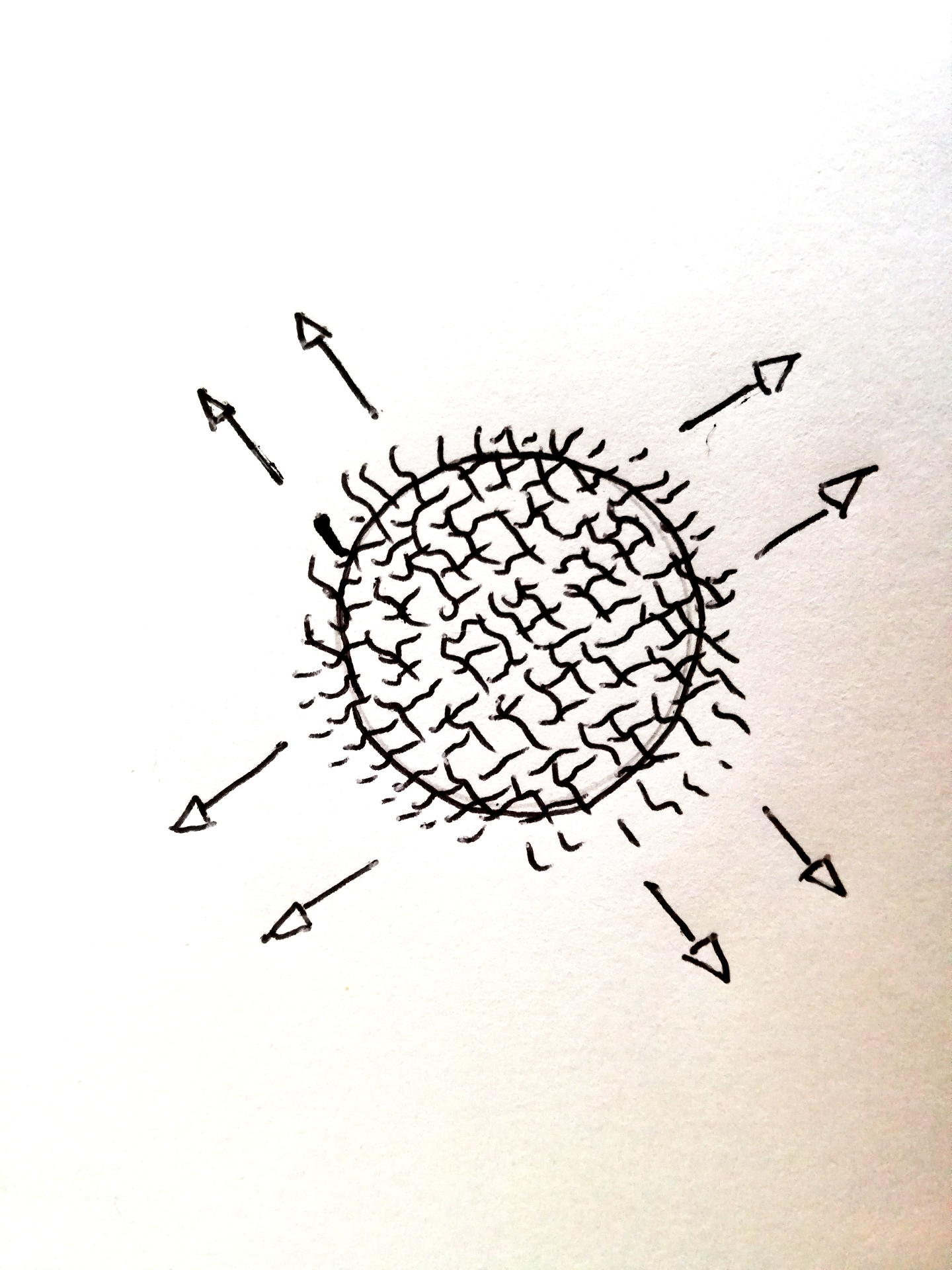
Well, you could. As I was saying, you will get a piece of felt in the end. (And that’s how I used to do it!)
But the more you know about how wool felts, the more it becomes obvious to you that this is not the best way to do it.
Remember that:
- wool shrinks in the direction of the fibers (and this determines its final shape)
- the direction of the fibers will influence its elasticity (and this determines in which directions it’s elastic)
Instead, if you’re laying wool for a circular shape, how about laying it like this?
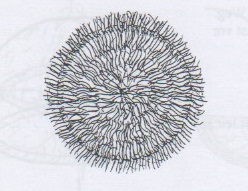
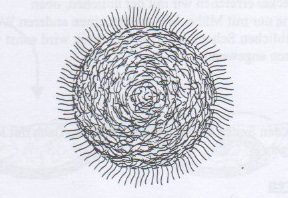
First layer Second layer
In this case, it’ll shrink equally in all directions and it’ll have the same degree of elasticity in all directions as well.
Ok, so if we’re working with wool tops, that’s clear.
But how about if we’re working with wool batts?
The answer is wool batts are laid in the exact same way. But, of course, you’ll have to prepare them for this type of layout. That means you’ll have to cut them in thin stripes to be able to apply them like this.
I thought it would make sense to write a short post on this topic, because it was one of the questions that came up during the Wet Felted Hats Masterclass.
You see, it often happens that felters have gone through all kinds of projects, but some of the basics are still missing. That’s why I keep insisting that it’s more important to learn as much as you can about the foundations of wet felting than it is to go straight into more sophisticated techniques like nuno felting.
So, because this topic came up during the Wet Felted Hats Masterclass, I filmed a bonus module on the subject to help my students and it is now part of the course. It’s also something they’ll be able to apply in all sorts of projects.

What am I working on now?
Now that the first edition of the Wet Felted Hats Masterclass has reached the end, I’m getting everything ready to launch the second.
Since it’s grown immensely (with the precious help of the Founding Members), I’m updating the information about the course and I’ll be sharing it with you in the next couple of weeks.
Here are some of the beautiful pieces created by the participants in the first edition.






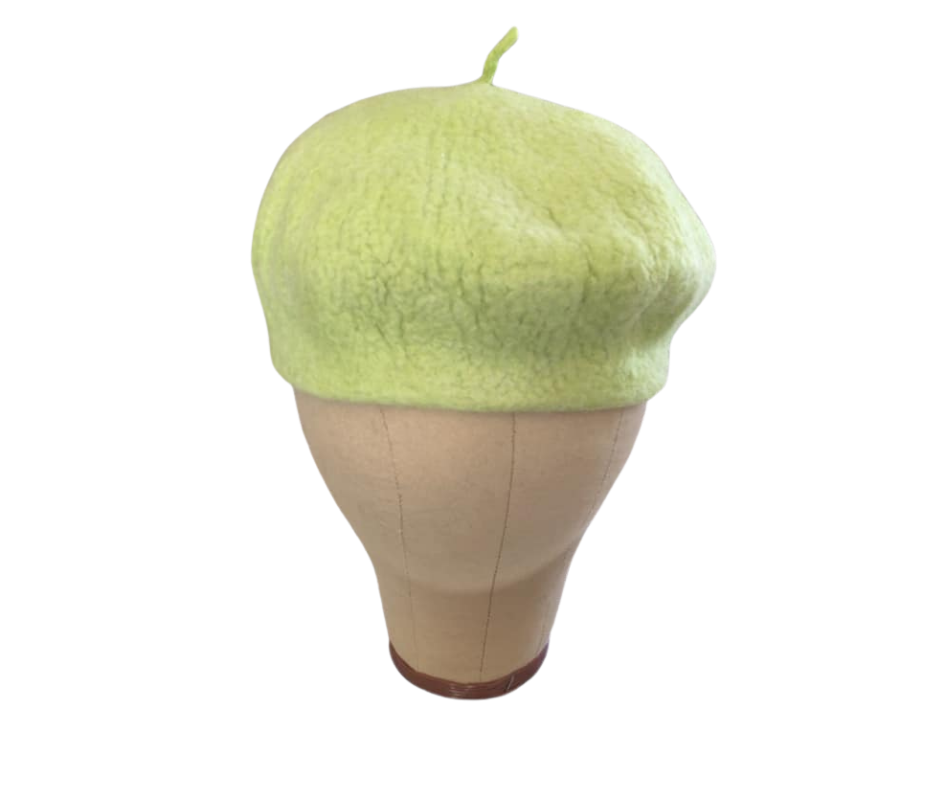
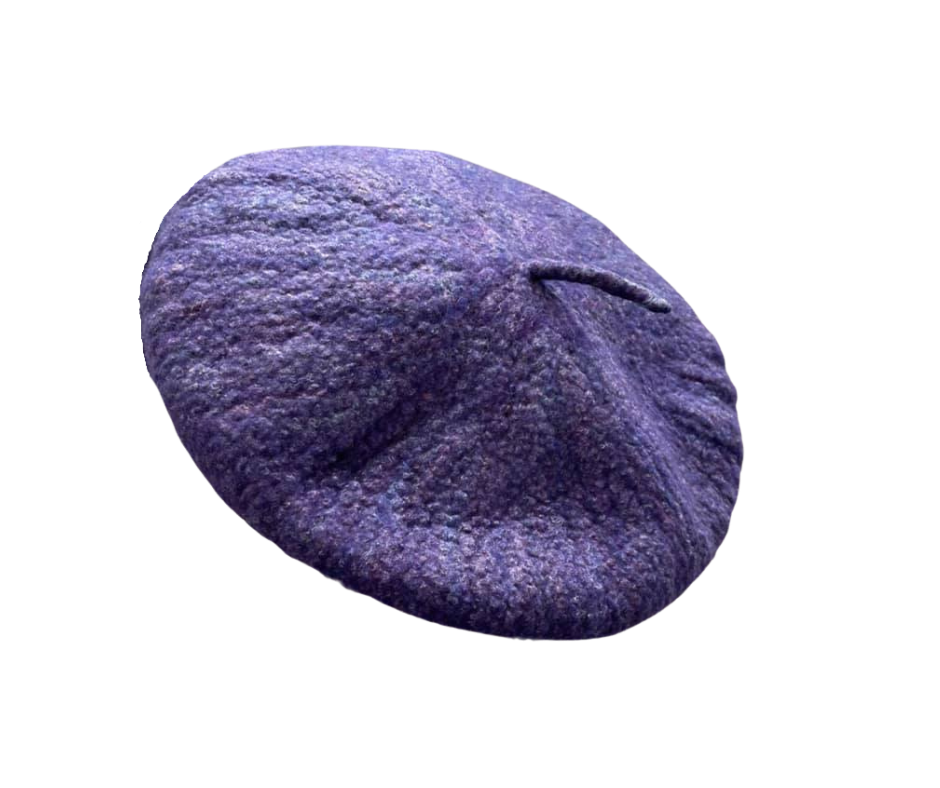

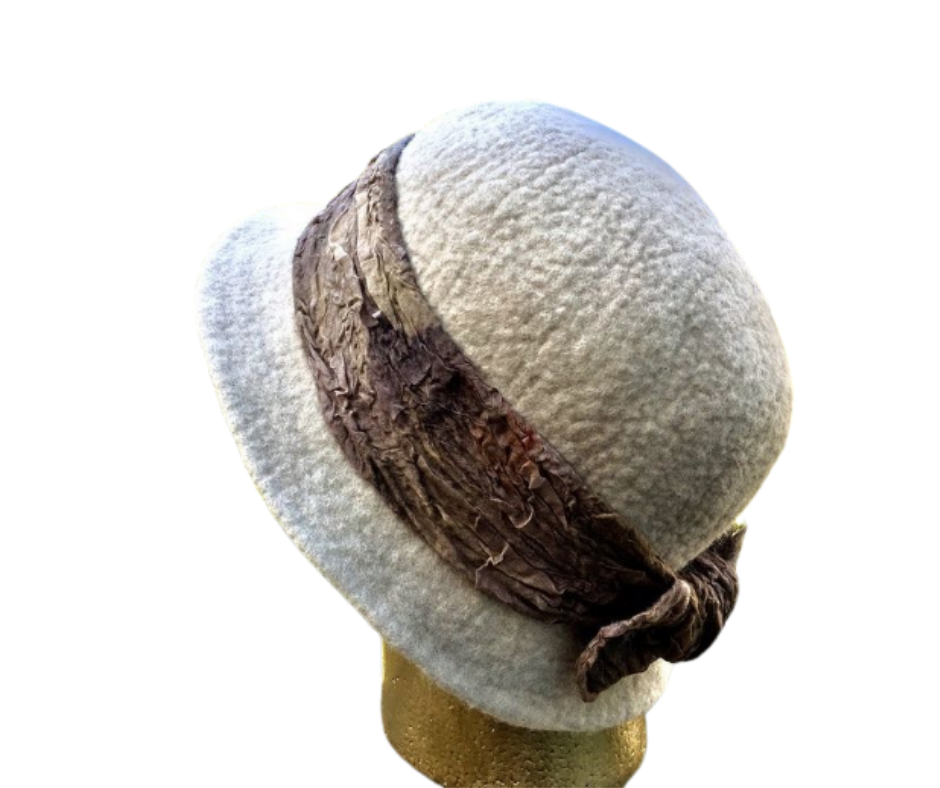

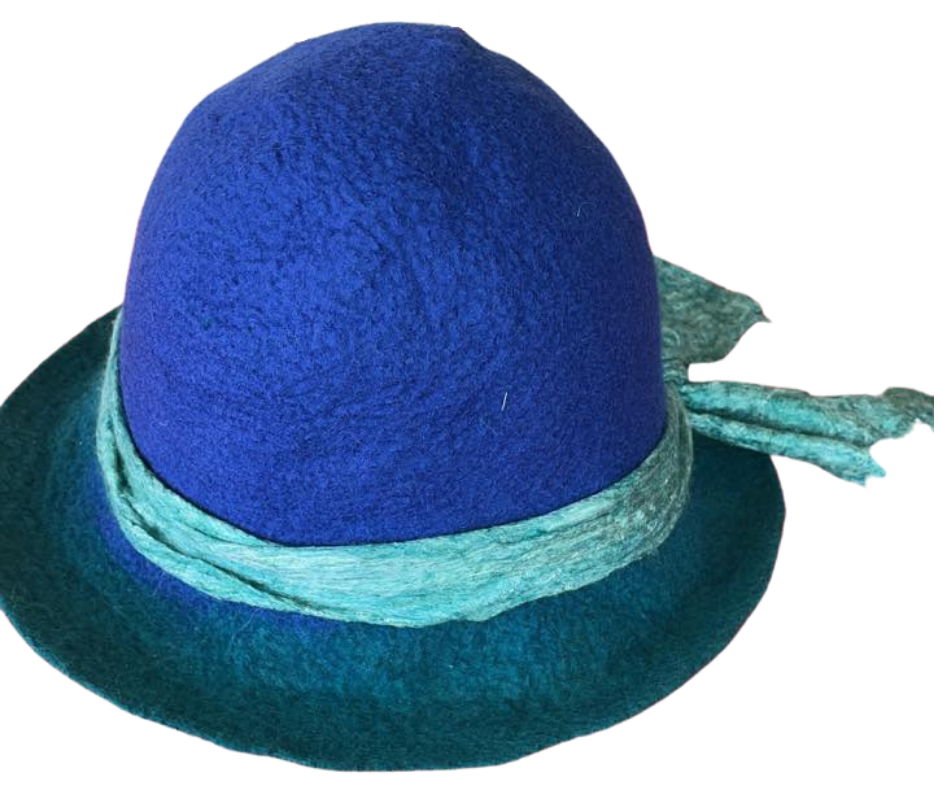
Meanwhile, I’m also filming and editing the next course. This time the topic will be baby booties and a baby jacket. You might know my old workshop on baby booties. I decided it was time to updated and upgrade it. And so, this new course was born 😊 There is still a lot of work ahead with the video edition, but I’ll keep you posted about that as well.
Here's a sneak peek of some of the pieces I’m preparing. Hope you like them 😊
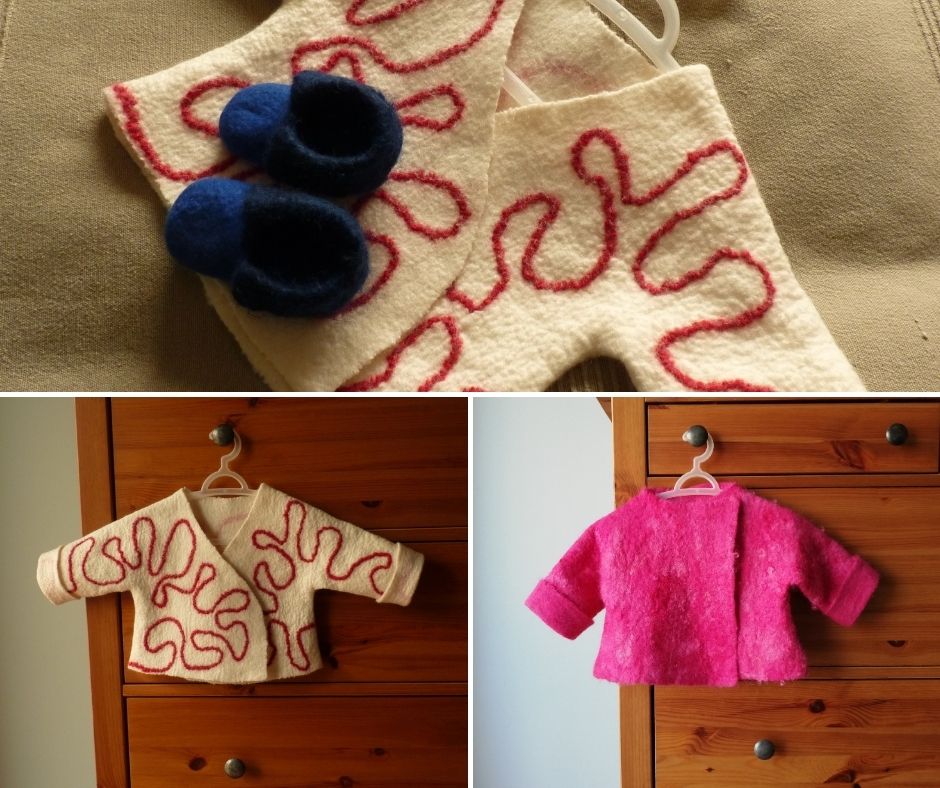
Is there any topic you’d like to see me make a course on? If so, drop me a line and tell me what it is.
Talk soon!
Get fresh tips, video instructions, news about class registrations, as well as exclusive early bird offers directly into your inbox.

